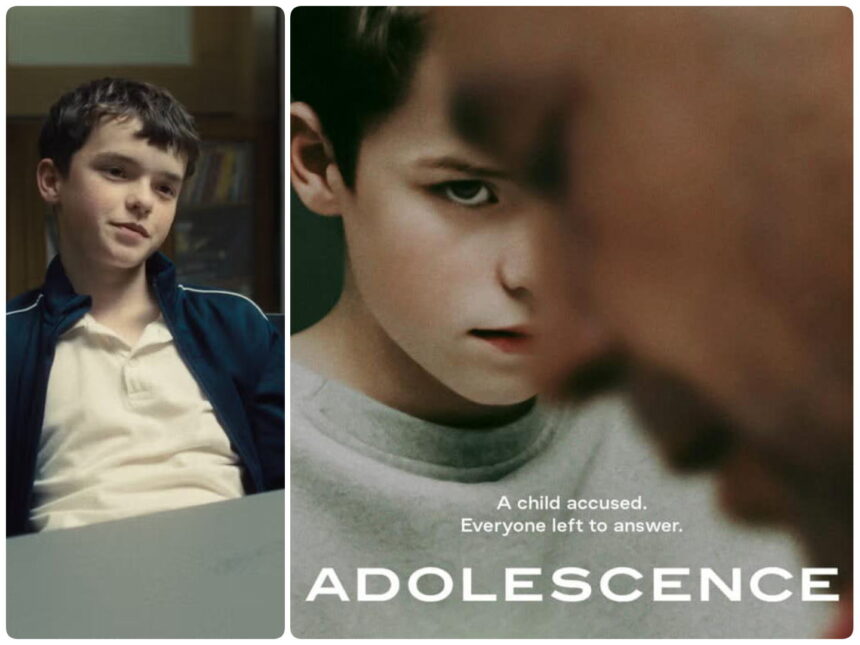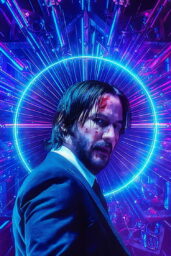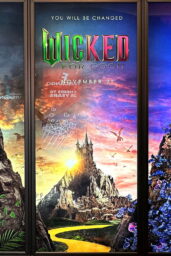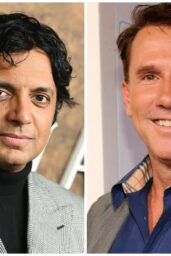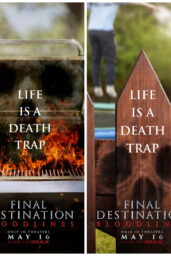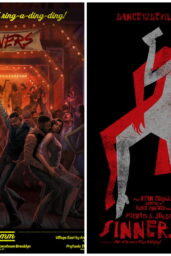A Show That Refuses to Be Just “Content”
Boom. In three weeks, Adolescence clawed its way into Netflix's Top 10 all-time shows—not with flashy CGI or a Kardashian cameo, but with something far more dangerous: a story that forces you to look. This isn't just binge-watching; it's collective reckoning.
The Numbers Don't Lie (But They Don't Tell the Whole Story)
- 97 million views (ninth place, ahead of Stranger Things 3).
- 99% critics' score (71% audience—proof it's pissing people off).
- 370 million hours watched—impressive for a four-part series with the runtime of a nap.
But here's the twist: Adolescence isn't just winning the algorithm. It's weaponizing it. Co-creator Jack Thorne didn't just want a hit; he wanted a tool. “Show it in schools. Show it in Parliament,” he demanded. Because this? This is a grenade disguised as prestige TV.
Why It Cuts Deeper Than Your Usual Crime Drama
Most Netflix chart-toppers are cotton candy—sweet, forgettable. Adolescence is a scalpel. It dissects:
- Parental dread (Stephen Graham's Eddie Miller is every father's worst nightmare).
- The bias of outrage (Owen Cooper's Jamie isn't a villain; he's a mirror).
- The true cost of virality (social media fuels the witch hunt).
And let's talk about Owen Cooper. Critics call him “the next Tom Holland.” Wrong. Holland's charm is effortless; Cooper's performance hurts. His Jamie is a raw nerve—you don't root for him, you haunt him.
The Uncomfortable Truth: We're All Complicit
Adolescence works because it exploits our voyeurism. We devour true crime like popcorn, but this? This implicates us. The show's genius isn't in solving the crime—it's in asking: Would you hit “share” on Jamie's life?
Watch It. Then Fight About It.
This isn't just TV. It's a litmus test. Love it or hate it, Adolescence proves one thing: Art can still punch society in the gut. Now go argue with someone.
Haven't seen the Adolescence trailer yet? Discover the haunting story behind Katie's death and Jamie's dark journey—watch now at Filmofilia!

